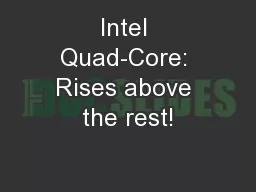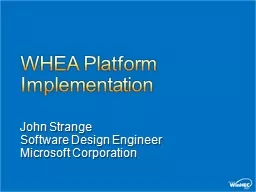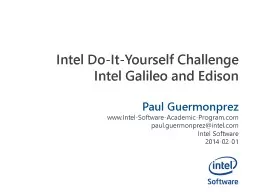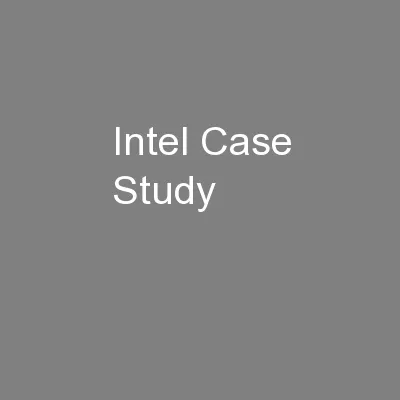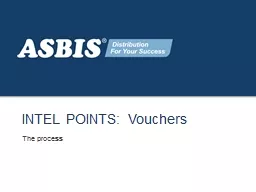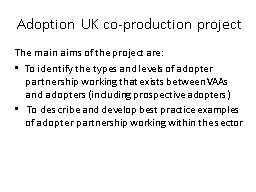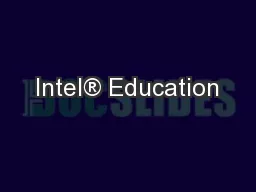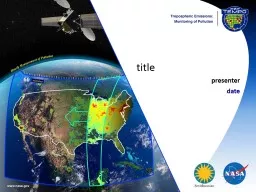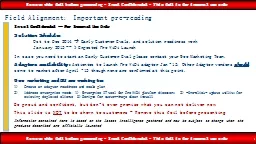PPT-Early Adopter: ASU - Intel Collaboration in Parallel and Distributed
Author : tawny-fly | Published Date : 2019-11-04
Early Adopter ASU Intel Collaboration in Parallel and Distributed Computing Yinong Chen Eric Kostelich Yann Hang Lee Alex Mahalov Gil Speyer and Violet R Syrotiuk
Presentation Embed Code
Download Presentation
Download Presentation The PPT/PDF document "Early Adopter: ASU - Intel Collaboration..." is the property of its rightful owner. Permission is granted to download and print the materials on this website for personal, non-commercial use only, and to display it on your personal computer provided you do not modify the materials and that you retain all copyright notices contained in the materials. By downloading content from our website, you accept the terms of this agreement.
Early Adopter: ASU - Intel Collaboration in Parallel and Distributed: Transcript
Download Rules Of Document
"Early Adopter: ASU - Intel Collaboration in Parallel and Distributed"The content belongs to its owner. You may download and print it for personal use, without modification, and keep all copyright notices. By downloading, you agree to these terms.
Related Documents


